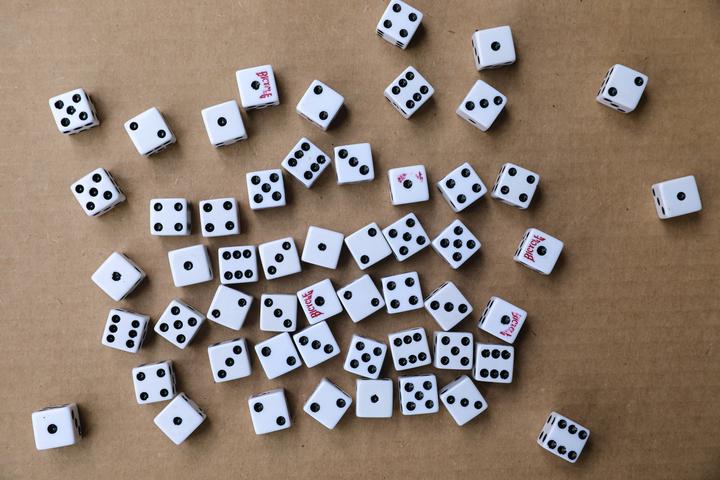Introduction
This is the third tutorial of a series of common problems in Statistics, alongside some suggested solutions. This particular tutorial primarily focuses on problems (deemed either basic or medium) for undergraduate Statistics (or First years master’s education). You suggestions are are appreciated, and highly welcomed.
Problem 1 (Basic)
1.(a)
Suppose the length of a square is a random variable uniformly distributed on [0,1]. If X is the length of the square, calculate the expected area of the square.
Sol.
Given . Define as the area the square such that;
1.(b)
Let be independent random variables. Suppose the distribution of each is Poisson with parameter . Using moment generating function, show that has Poisson distribution with parameter .
Sol.
If , then its moment generating function, m.g.f, is .
Since the variables are independent, and for , we have;
1.(c)
Let be a random variable which follows a Gamma distribution defined as;
Find the probability density function for .
Sol.
Given a density function, one way to solve this is to use the method of transformation.
Let . The density of can be computed as;
where is the inverse function of g(x).
Problem 2 (Medium)
2.(a)
In a certain population, it is believed that of the population has
disease X. Assuming health providers in that community decide to embark on a
free screening exercise for the said disease. And it is known that, for a person who
has the disease, the test has an accuracy of for a positive test result. Also, for
a person who does not have the disease, the test has an accuracy of for a
negative test result.
i.) What is the probability that a test result returns positive?
ii.) Assuming you presented yourself for testing and your test result came out positive for the disease. what is the probability that you actually have the disease?
Sol.
This is clearly a Bayesian problem. Define as an event that a subject has the disease; be event that a subject’s test result returns positive, and the event that a subject’s test result returns negative. Thus far, we proceed with the following pieces of information;
i.)
We partition into and . Thus,
ii.)
We’re interested in , the probability you have the disease given
you tested positive to the disease. Using the Bayesian formulation, we proceed as follows:
2.(b)
of the products produced in a certain factory are produced by machine A. Machine B produces of the products whiles machine C produces of the products. Of these products produced, defective ones produced by these machines are and respectively. One of the products in the factory is selected at random.
i.) Find the probability that this product is defective.
ii.) If the product is defective, find the probability it is coming from:
. Machine A
. Machine B
. Machine C
Sol.
Let be the event that a defective product is produced
i.)
ii.)
2.(c)
are independent variables and is the dependent variable. A sample of units is drawn as shown in the table below.
| X.1 |
X.2 |
y |
| 5 |
1 |
3 |
| 5 |
1 |
4 |
| 6 |
3 |
5 |
| 6 |
4 |
5 |
| 7 |
5 |
5 |
| 7 |
6 |
6 |
| 7 |
6 |
7 |
| 8 |
5 |
7 |
| 9 |
3 |
8 |
| 10 |
6 |
10 |
Find the equation of regression,
Sol.
Using Matrix approach, Let such that;
Go a little further and test at .
Hint: Use and reject if
Problem 3 (Basic-medium)
3.(a)
Suppose is a random variable with its density defined such that;
i. Evaluate
ii. Find the variance of .
Sol.
i.
ii.
3.(b)
A random variable, , is uniformly distributed over the interval (-1, 8), i.e. .
Find the probability that the equation has real roots.
Sol.
For the equation to have real roots, the discriminant must be non-negative, thus;
Using the probability density function above, and the idea of mutually exclusive events, we have;
3.(c)
A random variable X has moment generating function
Using this piece of information;
i.
ii.
iii. .
Sol.
Note that the moment generating function for the Exponential distribution is given as . Comparing this with the above function, we may infer that;
i.
The cumulative density function for the Exponential distribution is thus;
ii.
Did you find this post helpful? Any suggestions? Consider sharing it😊😊😊
